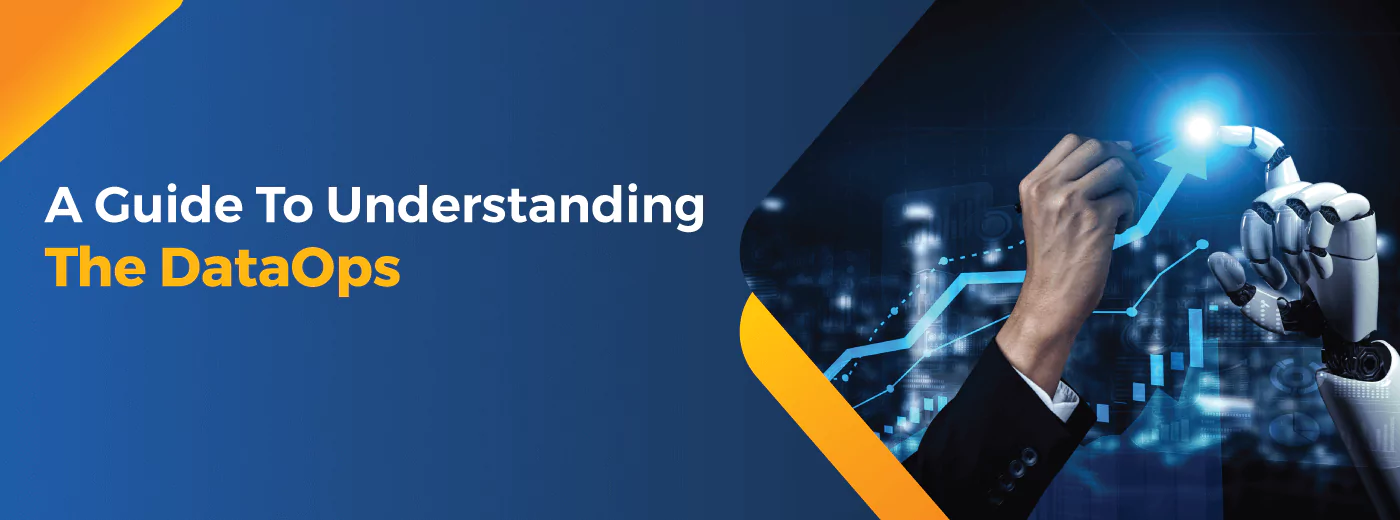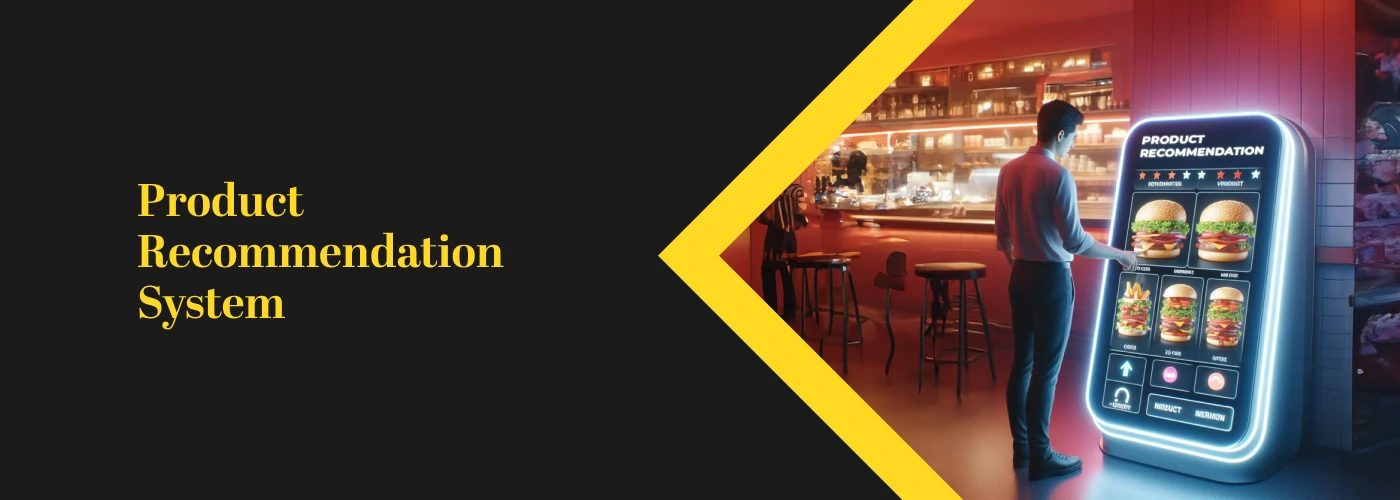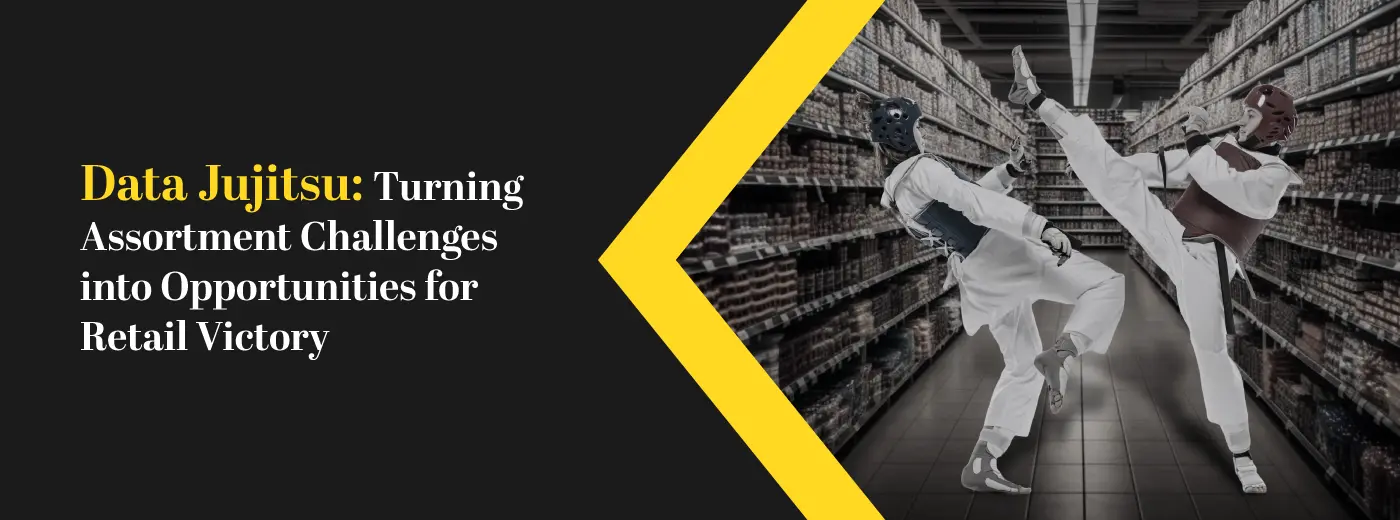Knowingly or unknowingly, every organization here in the 21st century is a data-driven organization—whether this means a corporation with data centers full of logs, documents, and images, or a small business utilizing a simple spreadsheet of suppliers, customers, and partners inside a laptop.
For organizations that range across geographies and industries, the capability to utilize data as a core asset is essential to enable continuous innovation, to avoid falling behind, and to establish market leadership.
Despite data's fundamental importance, many companies continue to struggle with the basics of data. Most of the organizations so far haven't solved the way services and data ought to be delivered to unlock new methodologies, insights, and operational efficiencies.
Even in Fortune 500 companies, it frequently takes time to move data to the right environments. Those companies must also consider the privacy, security, and regulatory compliance elements of data.
Organizations today are going through a variety of digital transformation hardships. They are trying to find ways to derive value from data through which they want to achieve specific business outcomes. But moving ahead with this is not an easy task; it takes a lot of effort from data scientists' end to mine data to carve analytics applications for driving innovative and efficient decision-making.
Today, the number of data pipelines have grown with requirements from data analysts, scientists, and data-hungry applications resulting in data silos with no connection to other pipelines, data sets and data producers. The data resides in different systems and platforms; gaining access and control over various systems and identifying the right data becomes a daunting challenge.
Gaining the agility to imagine real-time insights from fast burgeoning data in an automated manner is the need of the hour and the focus of many experts in the field of data today.
A recent survey conducted by data professionals regarding how they use data, their data challenges and team structure found that 73% of companies invest in DataOps. The potential for data to transform organizations is huge, but the capability to achieve this potential is continually threatened by the ever-increasing needs of data consumers and the inherent vastness of data.
Many organizations are trying unsuccessfully to address the need to better organize and streamline data through technology alone. There is a real need for a new methodology that brings modern technology, new processes and the teams working and using data together, and that's DataOps.
What Is DataOps?
DataOps is a combined approach for delivering data analytics solutions that use automation, testing, orchestration, collaborative development, containerization, and continuous monitoring to accelerate output and improve quality continuously. The purpose of DataOps is to expedite the creation of data and analytics pipelines, deliver high-quality data analytic solutions, and automate data workflows that meet business needs as fast as possible.
As one DataOps practitioner from a Fortune 50 company says, "DataOps consists of a stream of steps needed to deliver value to the customer. We automate those steps where possible, minimize waste and redundancy, and foster a culture of continuous improvement."
The underlying idea comes from the DevOps in the software engineering world. DevOps bridges the traditional gap between development, QA, and operations so the technical teams can deliver high-quality output at an ever-faster pace. Rather than separate teams work at cross purposes (speed or quality), the goal of DevOps is to encourage a culture of trust and collaboration between these parties and improve both speed and quality.

Credits: Datakitchen
Similarly, DataOps brings together stakeholders throughout the data landscape. These stakeholders span traditional roles, such as data architects and data engineers, newer roles, such as data scientists, and IT operations people who build and maintain the data infrastructure. DataOps builds a bridge between these stakeholders and aligns them with business requirements.
Automate your end-to-end data workflows to free your teams from tedious, manual work that impedes innovation.
Business Benefits Of DataOps
One of the primary goals of DataOps is to build a collaborative environment between data scientists and IT operations while each of them is working towards intelligently leveraging the data. We have a massive amount of data available to us today, and ensuring that this data is used to its full potential is essential to gain a better insight and understanding, to come up with progressive solutions and also gain greater profits. Let us now look at a few benefits of DataOps.
1. Data Problem/Solving Capabilities
With the emergence of the internet, and as we have entered into the digital age, the huge amount of data being generated daily is increasing at a fast pace. It is expected that the data created is doubling every 12 to 18 months. With the help of DataOps, it can convert the raw data into actionable information efficiently and quickly.
2. Enhanced Data Analytics
The utilization of multifaceted analytics techniques is promoted in DataOps. ML algorithms that can help in guiding data through the several stages of analytics are used. Machine learning algorithms also assists in processing, collecting, and classifying the data before it is delivered to the consumers. The feedback or suggestions from the customers is also given quickly.
3. Finding New Opportunities
The complete work process within an organization can be changed with the help of DataOps as it provides a more incredible amount of flexibility. New opportunities are granted to organizations as the priorities shift and a unique ecosystem has no barriers or borders between the different departments in an organization. Data analysts, Data engineers, developers, operations managers, and marketers are now able to collaborate in real-time and to plan and organize ways in which organizational goals can be attained. Through this, the organization can accelerate time, and provide better customer service.
4. Providing Long-Term Guidance
The practice of strategic data management is advanced through DataOps. Numerous groups work towards negotiating the clients' needs and work towards organizing, studying and evaluating the data and the feedback given by the consumers. Automating processes assists in making the business more effective and efficient and therefore provide long-term guidance. It can be taken as a two-way street between the data users and the data sources.
5. Collaboration
DataOps makes it easier and faster for data scientists and business analysts to join forces – and for discrete business units to collaborate around the analysis of data and sharing of results. DataOps is an excellent vehicle for creating the long-sought-after business/IT alignment that tends to be elusive as companies grow. And unlike traditional taskforces that tackle niche issues, DataOps affects the entire company by offering valuable data to every business user when they require it, in a consumable and governed way.
Real-World Examples Of DataOps Implementation
GlaxoSmithKline is a pharmaceutical company that began an overhaul transformation of its R&D data and analytics infrastructure. GSK wanted to make that new drug development and discovery timeline shorter but needed to break down the data-flow barriers among the organization's siloed operations.
GSK focused on collating that siloed data into a primary information and data platform where users across the organization can consume all the data in a perfect way. The aim is to shorten drug trials to 2 years with an agile analytics practice (DataOps). GSK has yet not achieved the 2-year drug development; however, the data and analytics platform environment has brought the organization closer to realizing that goal.
An African bank struggled as each of their country operations tried to succeed in their digital transformation. They needed to figure out how to transform their bank to meet the diverse and local requirements across Africa and grow their customer base while increasing revenue. But most of their operations involved manual steps, leading to inconsistencies. They required to standardize and scale fast and define data across the whole continent.
DataOps gave them the framework and approach to focus and deliver iteratively. With the DataOps framework, the bank has left the stress and worry of complicated and disorganized availability of business-ready data behind, resulting in doubtless change over the coming months and years. Having DataOps in place, the bank is confident that they can provide trusted, high-quality data for the bank's data consumers to use.
Switch to DataOps solutions for enterprise data management and integration to meet business needs as fast as possible.
How Can DataOps Be Used Today?
During the pandemic outbreak, data scientists can quickly build models, leveraging DataOps capabilities, to quickly predict new cases by cities, state, and countries by collating the data from CDC (Center for Disease Control, USA) and sentimental data from numerous social media platforms such as - Twitter, Facebook, LinkedIn. They can then answer questions such as - what actions are required and how and where to help people and how best to shift their business in response to the virus's progression.
The path to DataOps is an evolutionary one that requires rethinking technology, people and processes. When we apply a product development mindset to data assets, we begin treating data as a product that can be automated and streamlined to speed time to business value for all your data analysis investments.
Conclusion
This brings us to the conclusion of this write-up on DataOps. Inculcating DataOps into your organization need not be a difficult task. It can have an incredible impact on your organization to follow a data-driven approach. If you want to know more about this concept, get in touch with our experts at Polestar Solutions and upskill today. You can leave your queries in the comment section and contact us for more details.



